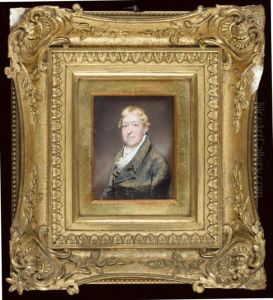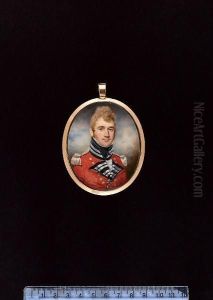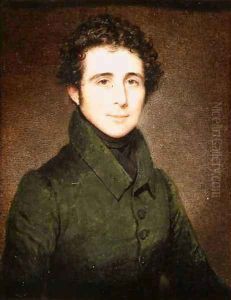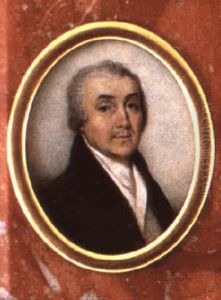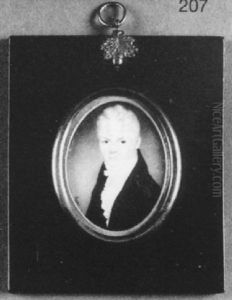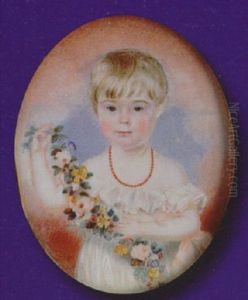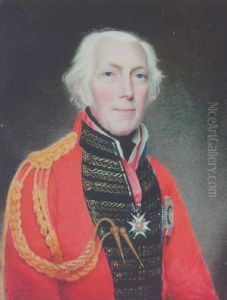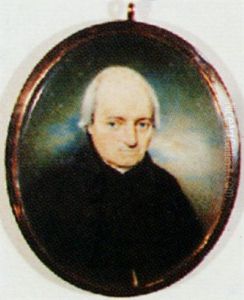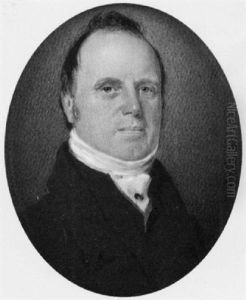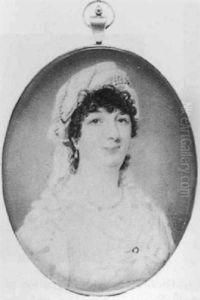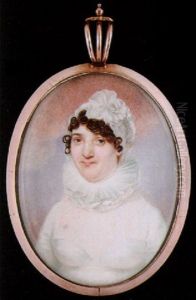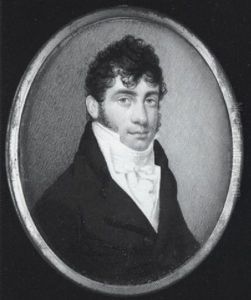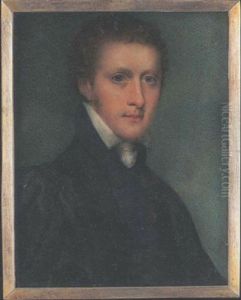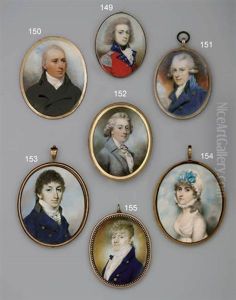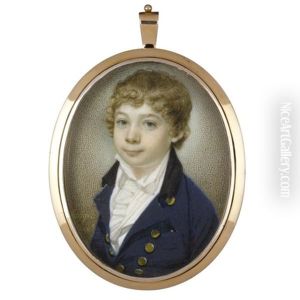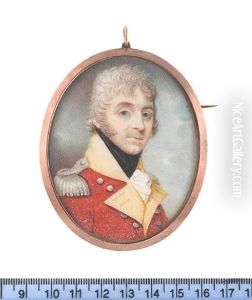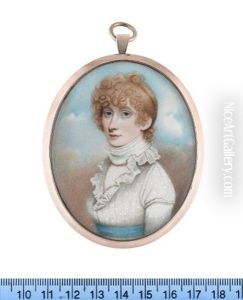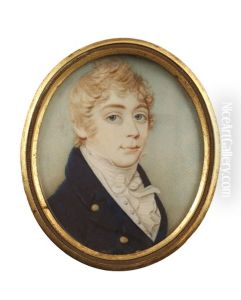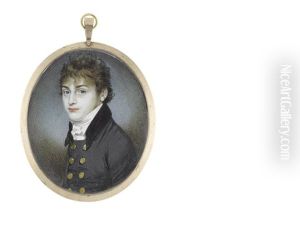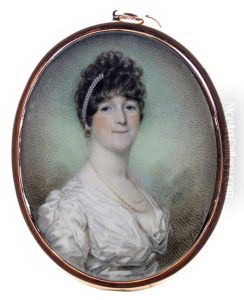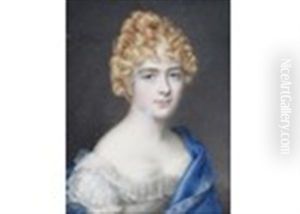Charles Jagger Paintings
Charles Sargeant Jagger was an English sculptor who is best known for his war memorials, especially those from the First World War. He was born on December 17, 1885, in Kilnhurst, South Yorkshire. From a young age, Jagger demonstrated a strong interest in art and later attended the Royal College of Art in London. Before his artistic career could gain full momentum, he served in the British Army during World War I, an experience that had a profound impact on his life and work.
Jagger's wartime experiences deeply influenced his artistic style and subject matter. He served as an infantry officer in the Royal Regiment of Artillery and was wounded several times, which provided him with first-hand knowledge of the suffering and heroism of soldiers. After the war, he became renowned for his realistic and powerful depictions of soldiers and war scenes. His approach was characterized by a focus on the human aspects of war, eschewing the more traditional heroic or romanticized representations.
One of his most famous works is the Royal Artillery Memorial at Hyde Park Corner in London, completed in 1925. The memorial is considered one of the finest examples of 20th-century British sculpture. It features a giant howitzer and four bronze figures of artillerymen, with one figure lying dead beneath his greatcoat. Jagger's attention to detail and his commitment to realism are evident in the weary and solemn expressions of the figures, which convey the grim reality of war.
Jagger's other notable works include the Great Western Railway War Memorial in Paddington Station and the Wolverhampton War Memorial. His sculptures are characterized by their solidity and the sense of weight and mass, attributes that reflect his desire to communicate the permanence of memory and the enduring legacy of those who served in the war.
Charles Sargeant Jagger died at the age of 48 on November 16, 1934. Despite his relatively short life, he left behind a significant body of work that continues to be studied and appreciated for its artistic merit and its historical importance. Jagger's war memorials serve not only as tributes to the fallen but also as powerful statements about the human cost of conflict.
